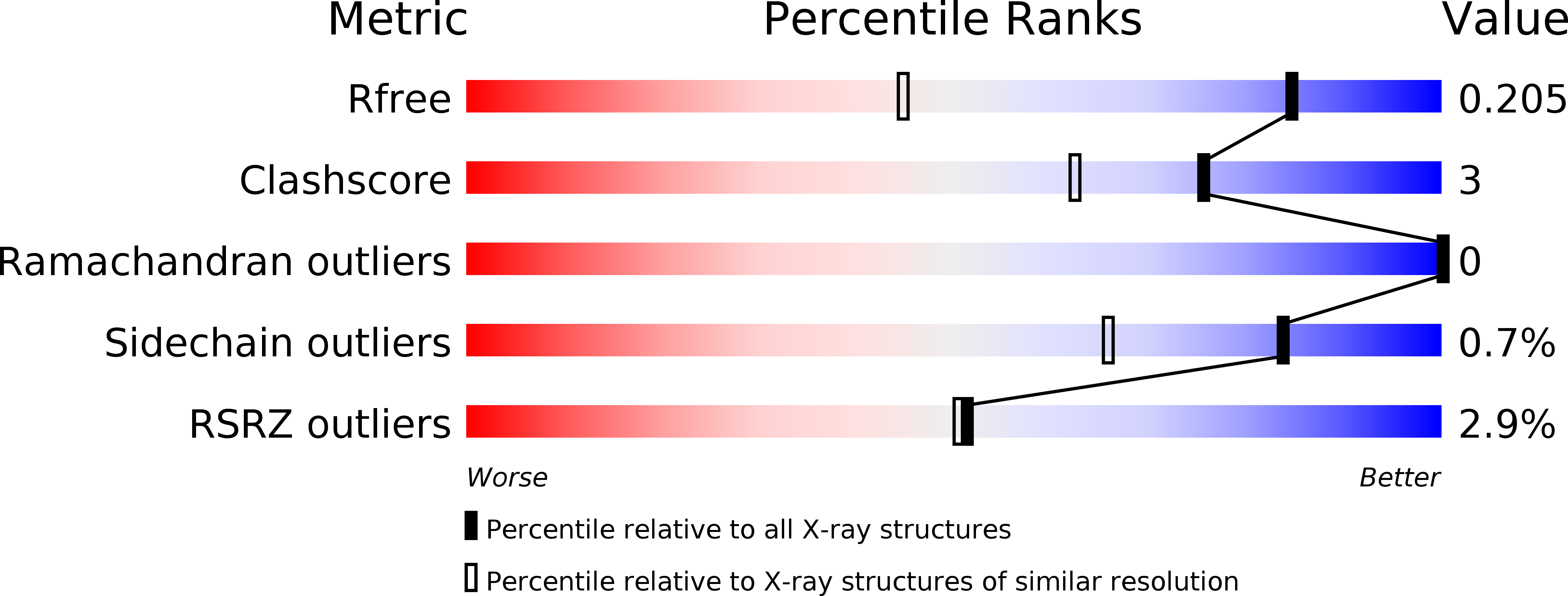
Deposition Date
2014-10-24
Release Date
2015-05-27
Last Version Date
2025-04-09
Entry Detail
PDB ID:
4WRI
Keywords:
Title:
Crystal structure of okadaic acid binding protein 2.1
Biological Source:
Source Organism:
Halichondria okadai (Taxon ID: 163232)
Host Organism:
Method Details:
Experimental Method:
Resolution:
1.40 Å
R-Value Free:
0.20
R-Value Work:
0.17
R-Value Observed:
0.17
Space Group:
C 2 2 21


